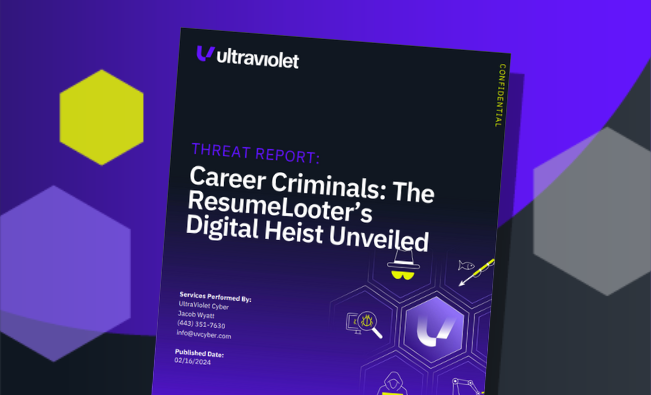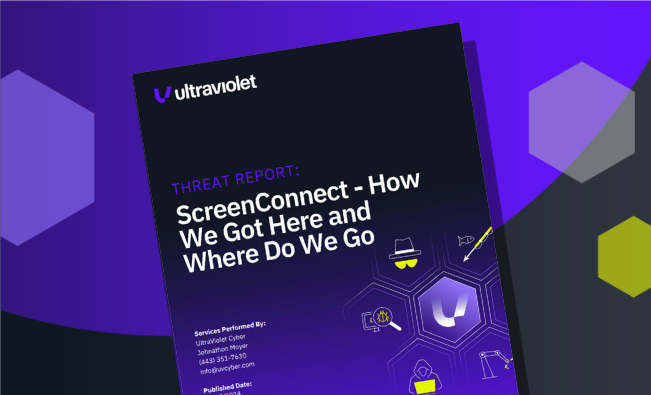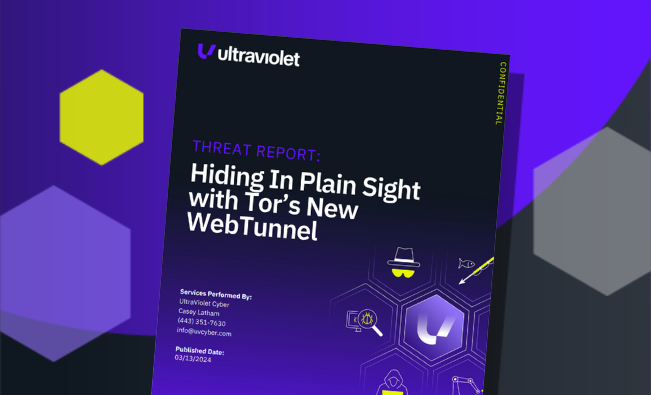
Career Criminals: The ResumeLooter’s Digital Heist Unveiled
ResumeLooters represent a cybercriminal group, utilize a combination of SQL Injection and Cross-Site Scripting (XSS) attacks to compromise websites. These methods allow them to bypass security measures and access databases containing sensitive user information...

